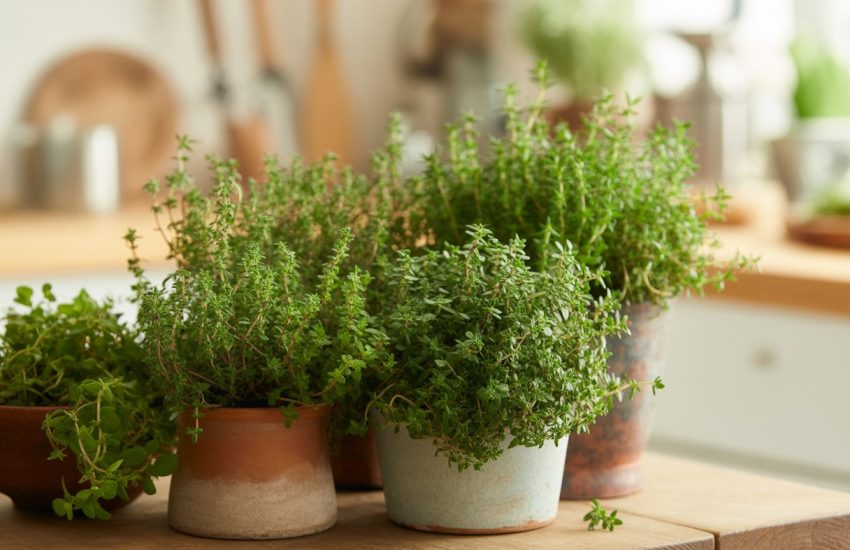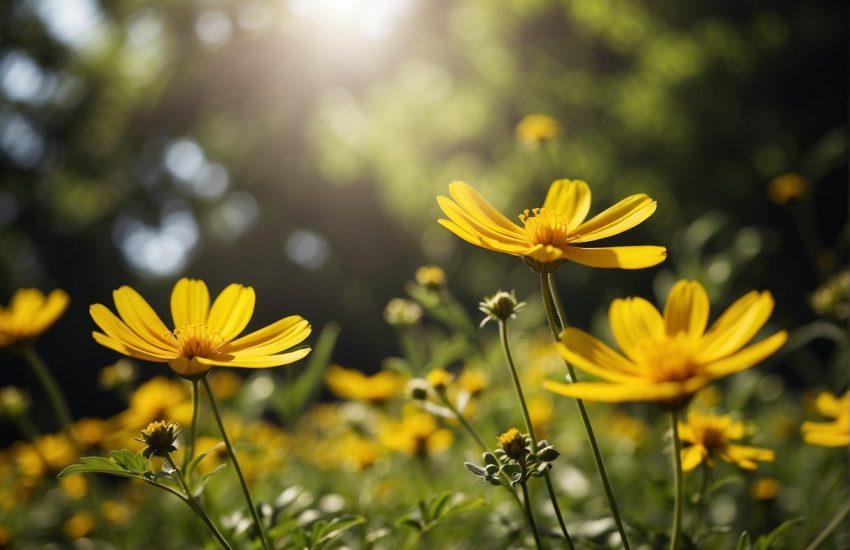6 Best Perennial Flowers To Grow In Tennessee
In Tennessee, perennial flowers and shrubs are native to the state, and a good choice for landscape design. They support biodiversity and celebrate the state’s natural heritage.
They’re also drought-tolerant and can survive in dry, hot weather with little maintenance. They’ll bloom in the summer and are a great choice for the yard or garden.
In addition to their beauty, native plants are great for attracting insects and birds. Iris trees provide habitat for butterflies, moths, and caterpillars.
When choosing perennial flowers in Tennessee, consider the types of shade they prefer. While many varieties tolerate the high summer temperatures, there are also a few that thrive in full sun.
Impatiens, for example, prefer shaded areas and do not require much water. However, if you’re looking for a plant that won’t mind high summer temperatures, consider two woody shrubs that grow 6-8 feet tall and produce huge, beautiful blossoms. These plants are great for mass plantings or as a bold accent.
A variety of lilies are popular in Tennessee gardens. These hardy, disease-resistant plants are good for shade gardens.
Lantana, for instance, is a deer-resistant perennial that blooms in a variety of colors. Flowering lilies, for example, are beautiful and attract hummingbirds. The native who is a low-maintenance plant that can survive dry conditions.
Wild Petunia
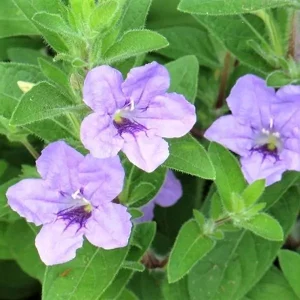
While petunias and other annuals can be beautiful additions to garden beds, they are a real pain to replace year after year.
Fortunately, there is a way to get those classic blossoms without having to tend to them every year.
Wild Petunia (Ruellia Humilis) provides beautiful blooms and easy maintenance for years after planting!
During the summer, these plants become spotted with lavender flowers that closely resemble the cultivated petunias you find in garden centers.
The Wild Petunia preserves the beauty of the two flowers for much longer than a single growing season, despite the fact that they come from different families.
There is also an earthy smell associated with the leaves, which are light green in color, as well as with the flowers. Both the leaves and the flowers are covered in a thin layer of short hairs. The result is a rather fuzzy appearance to the Wild Petunia plant.
SUGAR BUZZ® Rockin Raspberry Bee Balm
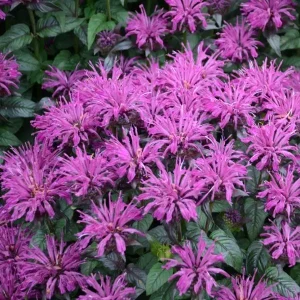
Color and fragrance are both bold! Rockin Raspberry Bee Balm (Monarda ‘Rockin’ Raspberry’ PP28752) makes a vibrant addition to your garden!
The flowers look like fountains or fireworks of deep raspberry-purple flowers on strong, well-branched stems.
It bears burgundy-tinged, dark-green leaves that are fragrant, textured and resistant to mildew.
Butterfly and hummingbirds alike adore these blooms, which form a solid dome! Plus, the stems are sturdy and make bouquets look stunning!
Pollinator and perennial garden blooms, Bee Balm is a native species that rolls with the punches. Ideal for rock gardens, slopes, cut flower gardens, and cottage borders!
Blend among blooming shrubs and edge garden beds and add unique character and whimsy to your garden.
Spring Pollinator Pocket Garden
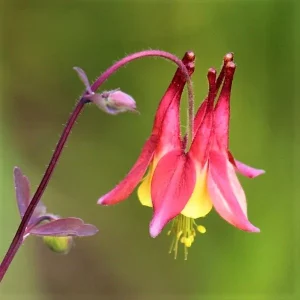
From the expert growers at Nature Hills, you will find an impressive collection of sustainable pollinator plants!
These native plants have been carefully selected for their vibrant colors.
There is something irresistible about each of these plants that draws pollinators, including bees, butterflies, and hummingbirds.
To create a low-maintenance flower garden, you can plant these Spring Pollinator Pocket Gardens (Aquilegia Canadensis, Penstemon digitalis, Asclepias tuberosa, and Echinacea pallida).
All through the spring and into the summer, these beauties put on a spectacular display.
It is important to note that native pollinator plants are extremely nectar rich and support the growth of pollinator populations. One of the best things about native pollinator plants? That’s right, there’s no guesswork involved!
Running Tapestry Foam Flower
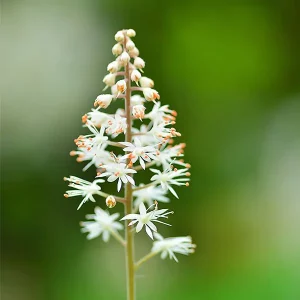
It is a vigorous shade groundcover with amazing color and texture. In spring, Running Tapestry Foamflowers (Tiarella cordifolia ‘Running Tapestry’) provide carpets of dense greenery that bloom with starry white flowers.
Having similar spreading characteristics to strawberries, the scalloped, heart-shaped foliage is bright green with a blushed burgundy center and slight veining after the first frost.
The low growing, airy white blooms rise vertically above the carpets of green and appear to be like stars flying above the green carpets.
Foamflower is a brilliant ground cover. It is a graceful native plant that is not often bothered by deer and rabbits, making it a great choice for shady areas.
Purple Lance-Leaved Loosestrife
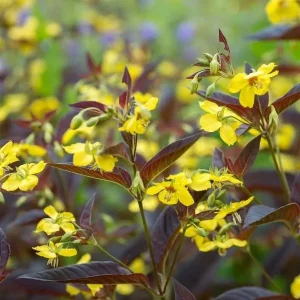
The beautiful, bluish-purple blooms of the nodding Yellow Star Loosestrife (Lysimachia lanceolata var. purpurea) appear as if they are floating in the sky. Its foliage is a rich, fine texture of striking green and bronzy-purple.
Loosestrife is found naturally in the wild in moist areas, especially open woods, pond edges, and swampy areas, often forming small colonies.
Featuring an elegant texture and color, this new selection adds a lovely contrast to the landscape with its elegant texture and color!
There are many Loosestrife loving plants that thrive in rain gardens, water features and soggy spots around the garden.
In rock gardens or by the bank of a pond, it is tolerant to rocky and gravelly soils.
Not minding average conditions in the Cottage Garden, Pollinator Garden, and Wildflower Garden where they are a food source or beneficial pollinator.
September Charm Anemone

There is nothing better than having a well-designed, easy-care garden to enjoy!
The plant selections offered by our company are extremely durable and perform well throughout the year.
Enjoy the late season blooms of September Charm Windflower (Anemone x ‘September Charm’) which are a treat from late summer through the fall seasons.
Silvery-pink single blooms are incredibly fragrant and beautiful, and they work to usher in the season of autumn with their presence.
A very welcome aspect of these showy blooms is the fact that they bloom relatively late in the season.
During the summer, when most other perennials are beginning their display for the year, September Charm Windflowers tend to start their display.
Being able to cover bare ground as wide as possible is another important trait. As long as you plan for their mature spread, you’ll have a happy blanket of color at the end of a fun growing season.

